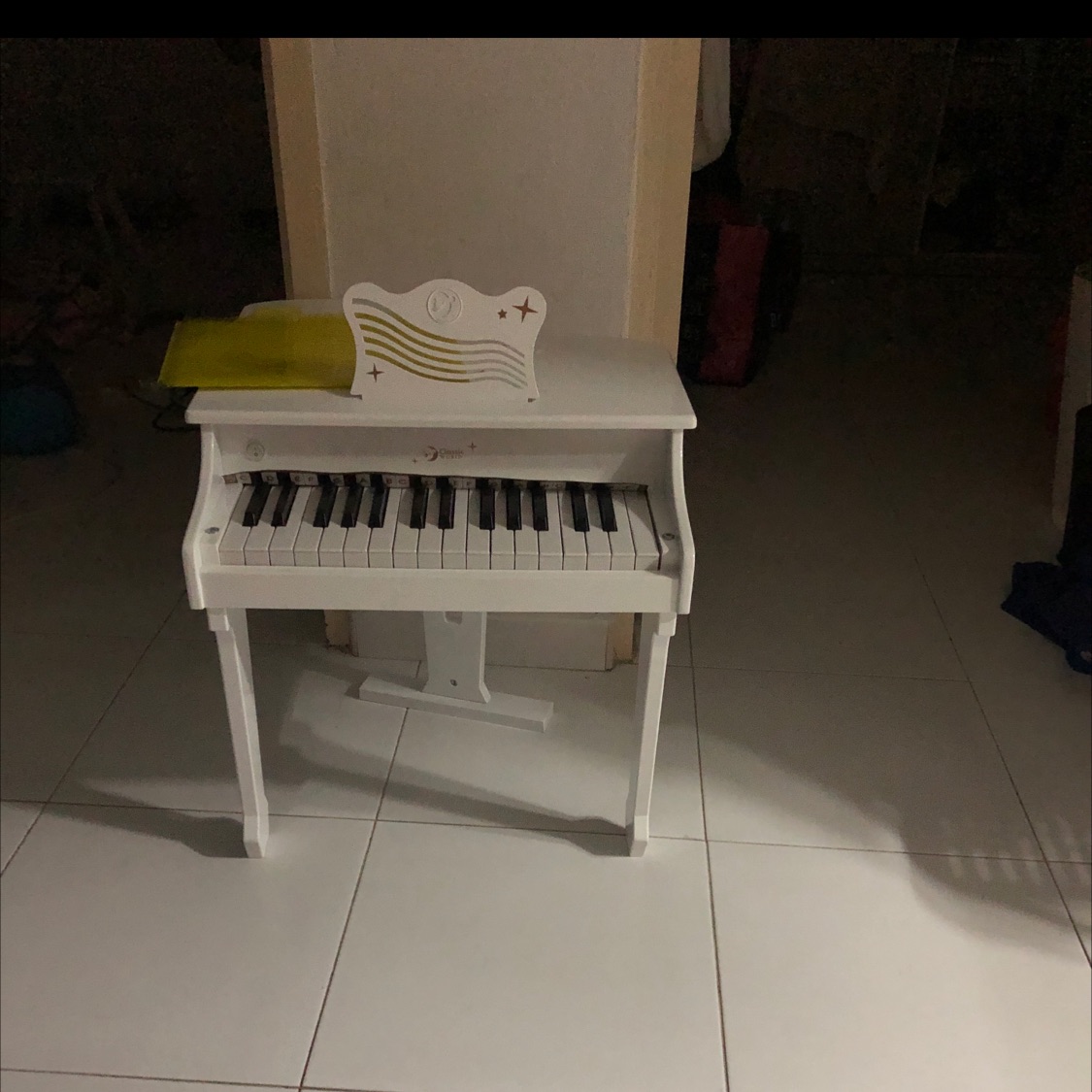
Jason138
暂无个人介绍
IP属地:未知
9关注
2粉丝
0主题
0勋章
FYI
Toplines Before US Market Open on Tuesday
Hmmm
U.S. IPO Week Ahead: Digital Payments, Mental Health Services, And More In A Diverse 8 IPO
Job opportunity for certain sector and lost of job for certain sector.
U.S. hiring takes big step back as businesses scramble for workers, raw materials
It’s very risky
抱歉,原内容已删除
Unbelievable
The S&P 500 would be below 1,600 without these 3 pillars and those supports are now weakening
Haizzzz
This Day In Market History: Panic Of 1893 Crashes Stock Market
Comment and like pls
$544 Billion In Options Expire Today: Here's What Will Move
Please ensure it’s safe to use instead of looking for profit
Fauci says AstraZeneca will likely issue modified statement on Covid vaccine
Already tip top liao
Walmart Reports Earnings Tuesday. Why Even a Beat Might Not Help the Stock.
Good?
抱歉,原内容已删除
Gov so good
Top China Chipmaker Gets Government Funds for $2.4 Billion Plant
Good info
Why the Plunge in More Speculative Tech Stocks Might Not Be Over Yet
Please push up the oil price. Thanks
Oil prices move lower as traders assess impact of Colonial Pipeline shutdown
Cannot sustain. It’s a matter of time drop. Trade with cautious
GameStop shares plunged 11% in premarket trading after announcing share sale plan
Nice
US Daylight Saving Time
Buy buy. Don’t wait anymore
AMC Stock Is Surging Again. How to Make Sense of the Move.
Just buy at dip. Hold on. Then sell it
One area of success investors may overlook when it comes to Palantir stock
Well said
抱歉,原内容已删除
Too risky for now since future undefined
Alibaba's Stock Is Entering Make It Or Break It Time
Hmmmm
Coursera: The Education Disruptor Goes Public
去老虎APP查看更多动态